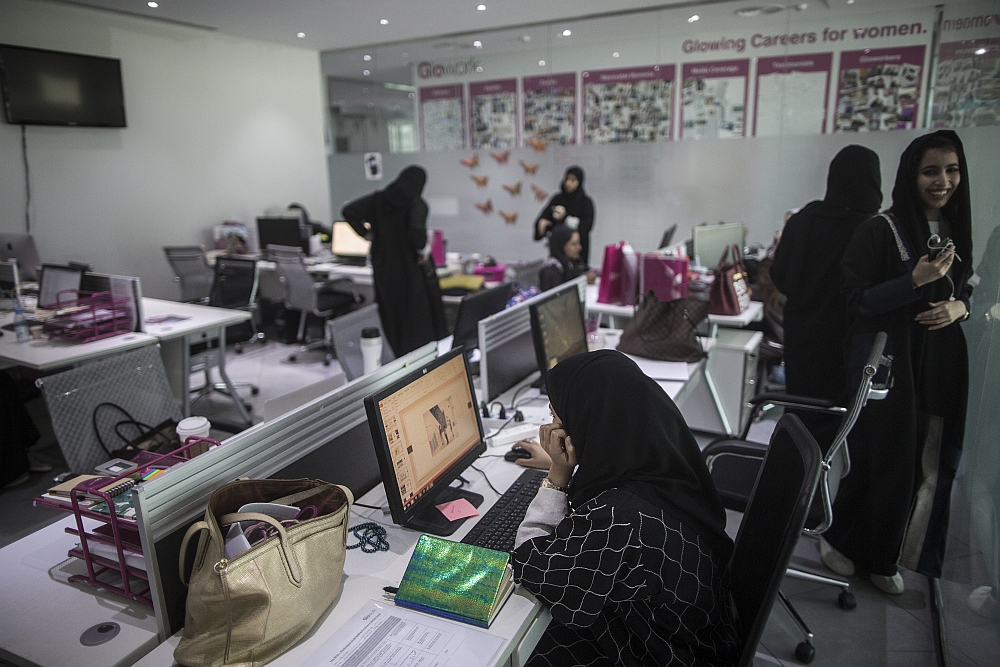São Paulo – Saudi Arabia’s Gross Domestic Product (GDP) could see a real growth of 1.9% this year, with non-oil growth strengthening to 2.3%, according to forecasts shown this Friday (24) by the International Monetary Fund (IMF). According to the Fund’s preliminary data, the country’s GDP shrank 0.9% in 2017 after a 1.7% growth in 2016. The GDP forecast for 2019 points to a 1.9% growth.
The fund concluded the Article IV Consultation with the country on August 16. The IMF report shows that the GDP growth should pick up further over the medium-term as the recently implemented economic reforms take hold and oil output increases.
However, the Fund points out that unemployment among Saudi nationals is still high – 12.8% in 2017 – although improvements in employment numbers did occur, especially among women.
Under the rule of Crown Prince Mohammed Bin Salman, Saudi Arabia has been taken measures to modernize the economy and to loosen the rigid behavior code in the country, especially regarding respect for women’s rights. In the picture above, an employment agency for women in the capital Riyadh.
One of the reforms recently introduced was the creation of a value-added tax (VAT) on goods and services. This, according to the IMF, together with the rise in gasoline and electricity prices, pressure inflation rates up. The forecast for inflation rates this year, however, is of 3% only, dropping to 2% in the medium-term.
The Fund also projects the fiscal deficit to continue to narrow, from 9.3% of the GDP in 2017 to 4.6% in 2018 and 1.7% in 2019. However, with an oil prices decline implied by futures markets, the deficit is project to widen again.
The country should register a current account surplus of 9.3% of the GDP this year, with oil revenues expected to increase and remittance outflow by expats subdued. Besides, net foreign assets of the Saudi Arabian Monetary Authority (SAMA), the Saudi Central Bank, are expected to increase this year and over the medium-term.
According to the IMF, reforms are still ongoing to improve the business environment and to develop the small and medium-size companies sector, deepen the capital markets, increase women’s participation in the economy and encourage the emergence of new companies with high potential for growth and job creation.
Translated by Sérgio Kakitani




